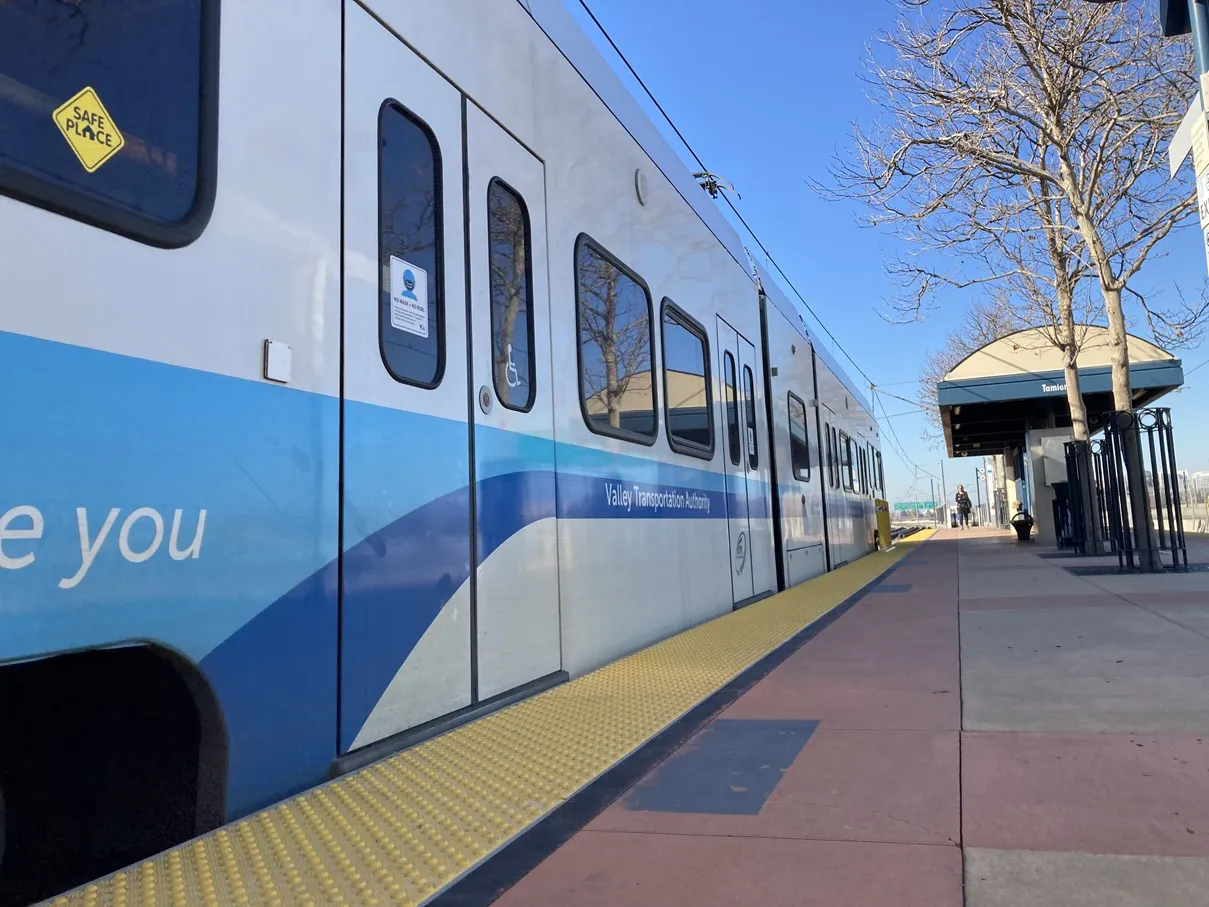Iteris, as part of the Daniel Consultants (DCI) team, has been selected by the District of Columbia Department of Transportation (DDOT), to upgrade and implement an adaptive traffic signal control system on three major arterial roads in the Washington, DC area.
Iteris’ contract value for this work is approximately US$714,000 and is expected to commence immediately.
DDOT is building an adaptive signal control system in order to provide more efficient signal operations and as part of this effort, is i
May 5, 2015
Read time: 2 mins
Iteris’ contract value for this work is approximately US$714,000 and is expected to commence immediately.
DDOT is building an adaptive signal control system in order to provide more efficient signal operations and as part of this effort, is implementing extensive traffic detection systems on the three major arterials to monitor traffic flow. A total of over 50 signalised intersections are included as part of the initial system procurement project.
Iteris’ work is expected to include procurement and installation of central hardware and software that upgrades the District’s current central traffic control system with an adaptive control module to enhance the system functionality. Iteris also plans to procure and implement upgrades to existing controllers and test and validate operations involving the upgraded central system, upgraded controllers, and related detection systems being installed along the selected arterial routes.
Ramin Massoumi, senior vice president and general manager, Transportation Systems at Iteris said, “Iteris continues to be heavily involved in the implementation of adaptive systems throughout the US, and we believe Washington, DC will benefit from the efficient upgrade of their traffic signal system.”










